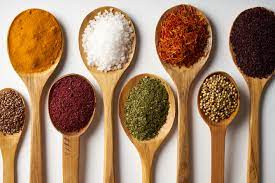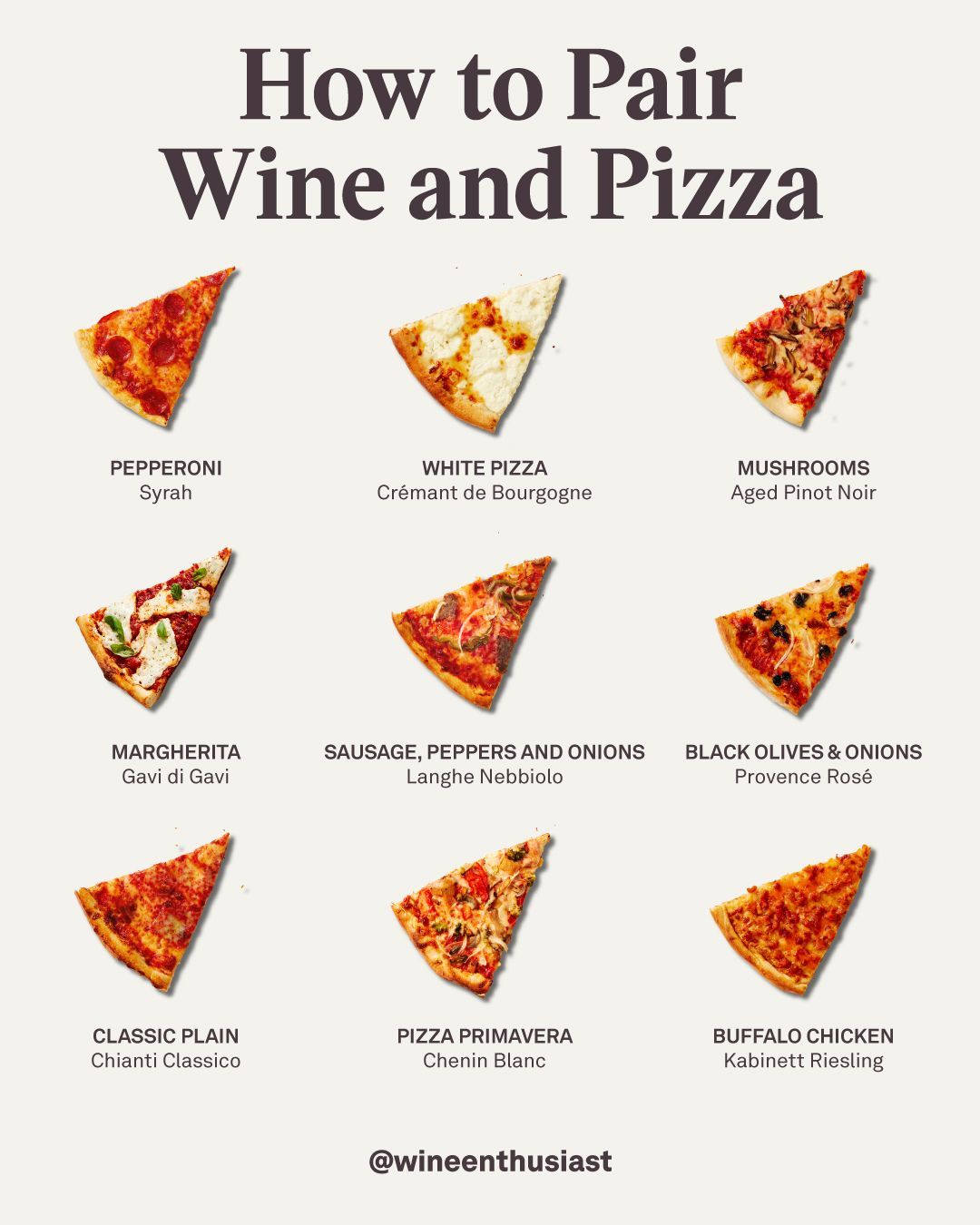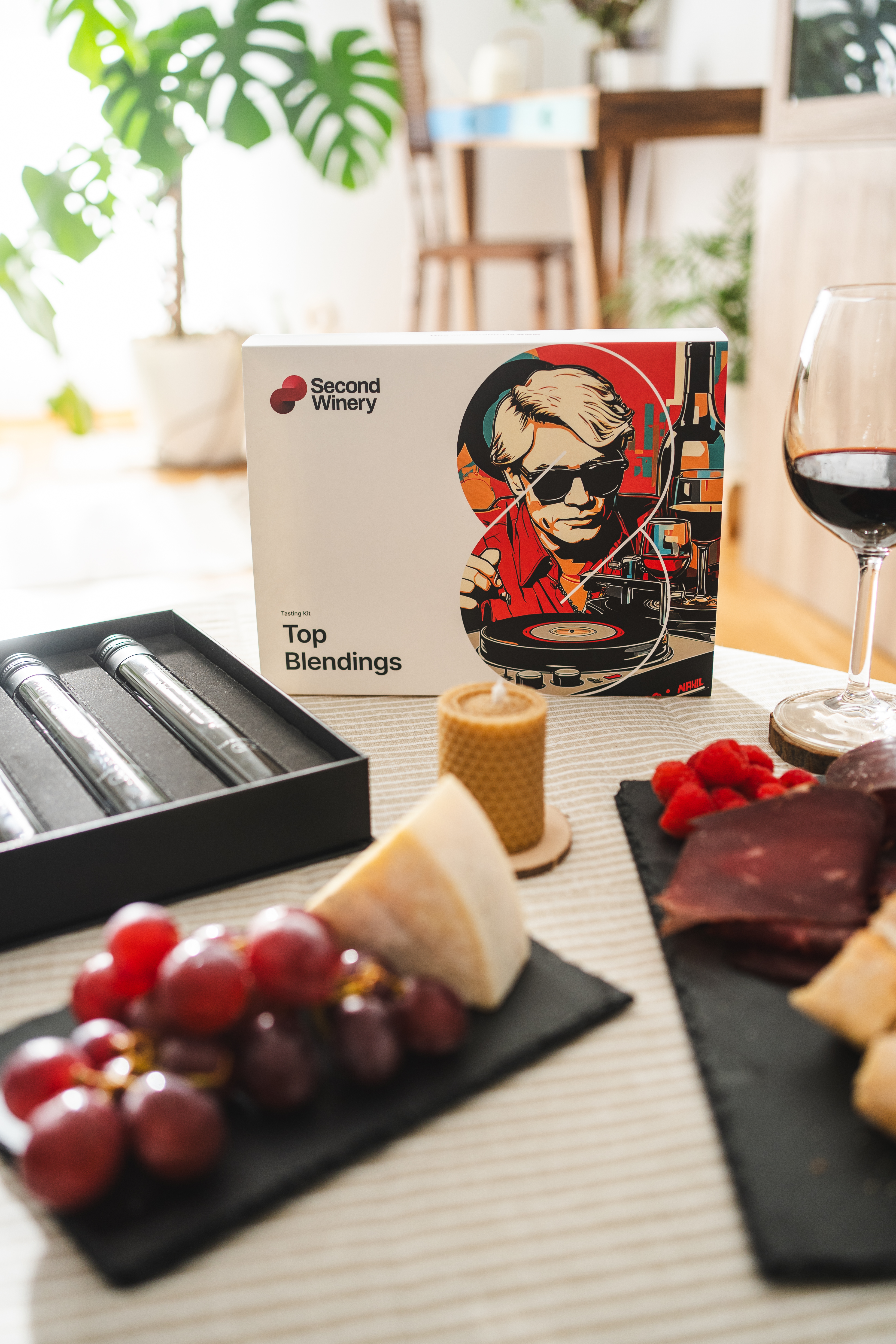
Do you think wine pairing is an exact science?
No, it is not. Hundreds of wines can go well with the same dish, in the same way that one wine can pair very well with many different dishes. So the best pairing is the one you like the most.
When we look into the wide world of wine pairing, we can find certain traditional rules, but in this blog we want to challenge (almost) all of them. Even if you don't know much about the subject, you've probably heard that red meat should be paired with red wine. And that fish should be accompanied with white wine. The typical clichés!
Here we suggest that the next grilled steak you are going to eat should be accompanied by a fermented or barrel-aged white wine; or when you go to your favourite sushi restaurant, choose a light red wine. The aim is that both products, liquid and solid, are on the same level so that one doesn't "cover" the other.
And who says you can't pair a Brie cheese with a Port wine because the established wisdom is that soft cheeses are commonly paired with dry white wines? And when it comes to one of the best parts, dessert, you assume that you have to pair it with a sweet wine. We suggest you try a sparkling wine with, for example, a chocolate coulant, and you will be surprised.
The real magic happens when you dare to explore new possibilities.
The rules are only guidelines, not unbreakable dictates. We don't have to choose between red and white wines. If we want to enjoy one or the other because we think it tastes better with whatever we are going to cook, we should not only look at the colour.
In the same way, we do not have to follow the "rule" that a dish from a certain region has to be paired with wines from that same place. It is true that it usually works, but they are not closed combinations. And by searching and trying, we can find unusual combinations that make us enjoy more and that are within everyone's reach.
Recently, the prestigious magazine Wine Enthusiast published its particular pairing between wine and all kinds of pizzas. One of the most recurrent dishes and present all over the world, who doesn't like it? And they adapt to all kinds of diets: vegetarian, gluten-free, protein-free, etc. This means that you don't always have to think about elaborate dishes or exclusive ingredients. Any dish can be paired as we like.

Pairing can be done by similarity or by contrast. In other words, we can look for wines that are similar to the food, or the opposite. For example, you could pair an Albariño with a rice dish with prawns, a delicious lamb dish with a smooth Merlot or an exotic couscous with a dry rosé, as examples of similarity. At the other extreme, we would have a baked fish with an amontillado wine, for example, as a contrast. The aim is that neither of the two parts, either the "liquid" or the "solid", is hidden by the other.
Organising wine tastings with different pairings is a good exercise to try and experiment with different combinations. Dare!
But be careful, there are also culinary divorces. Some things just don't work. Artichokes, above all, and to a lesser extent, asparagus, spinach and chard, can sabotage any glass of wine; cocoa, not chocolate, and boiled egg, kill all relations with it. And if you want to avoid catastrophe, neither strong smoked foods nor vinegar have ever been understood with any wine.
However, and let's get serious, finding the combination we like the most requires getting to know more wines, and this may not be easy. That's why we want you to join us in the new Second Winery experience: a new dimension of oenology in 3D, where you will not only learn, but you will also be able to practice everything we have been telling you so far. With your subscription to the website, you will receive a monthly tasting kit with three wines from around the world, specially selected to take your relationship with wine to the next level.
